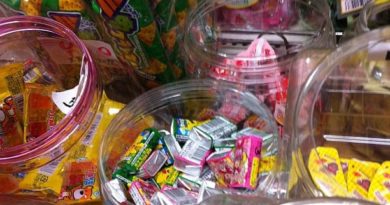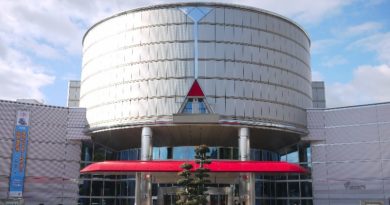Miroku-no-sato
Miroku-no-sato [みろくの里] is an utterly intriguing destination for anyone looking for a fun family day out. Miroku-no-sato is not a state-of-the-art amusement park along the lines of a Disney or Universal Studios park, but a “well-loved” community fun-zone hidden in the countryside to the east of Hiroshima city, near Fukuyama. Enjoy over 20 classic rides, attractions, park land feeding animals and a retro nostalgia-zone in a park that spans over 2 million square meters. Miroku-no-sato also has an onsen hot spring, a swimming pool zone, an art museum, has been used several times and hosts special events throughout the year, including some of the region’s largest winter illuminations. All at reasonable price and without the crowds.
Miroku-no-sato means as “Village of the Buddha of The Future” and, although we are not quite clear on what they are, it seems like there is some religious affiliation – not that you notice while at the park. Located about an hour’s drive from Hiroshima just outside Fukuyama city, Miroku-nossato opened back in 1989, and, to be honest, it could do with a face-lift. It is, however, a fun family destination – it describes itself as a “3 generation theme park” that kids, parents and grandparents can all enjoy together. It’s cheap too. The lack of large crowds appeals to park-goers like us who dislike waiting in long lines and the well-loved aspect of the park is, in its own way, quite charming. We visited on a relatively warm day in early winter, which turned out to be a particularly good time to visit as we could stay until dark and enjoy the winter illuminations. In the hot summer months, there are swimming pools and attractions. There are also special events and performances are held at the park throughout the year.
For entry to the park, it’s easiest to get the “free pass” for around ¥3000 with entry to all of the rides, or the “smile pass” for a few hundred yen cheaper. Elementary school age kids gets a few hundred yen discount on entry. Alternatively, you can buy the entry pass (under ¥1000 for adults and ¥500 for kids) and pay for rides and attractions as you go. It may be easier to get the free pass if you have a few hours to enjoy the park. During the illuminations, there is also a night passes available at a discount if you enter after 5:30pm when the lights are switched on. The is so large that even if there are a lot of people there, it doesn’t seem crowded.
You can see photos of the rides on this page. It is in Japanese, but the attached labels mean:
- Green – covered by the “Free Pass”
- Orange – covered by the “Smile Pass”
- Lilac – height restrictions
- Pink – 3 years old and up
- Blue – closed in the event of rain
The “back-in-time” 1950s retro area called Itsuka-kita-michi of the park is fun to wander around to see old Japanese products, film sets and game-booths, noodle shops, bars and restaurants. This was actually our favorite area of the park and something you will never find in an international chain amusement park. It was also the best area to grab decent food- Japanese udon and ramen nooodles, dango, zenzai and takoyaki among other mainstream dishes are available here from retro-style mom and pop shops. The main areas of the park have typical amusement park foods: ice-creams, curry & rice, pasta & pizza, burgers, hot-dogs, fried chicken and fries.
The retro-zone has traditional looking game booths, toy shops and dagashi-ya penny candy & trinket shops, museums for old film sets, bars, cafes and a replica town center inside one of the buildings. There are lots of industrial relics and Japanese nostalgia to view such as posters of celebrities of the past, old appliances like rice-cookers, cameras and school supplies which adults might find interesting. Interestingly, many of these things on display can still be seen in use in many old neighborhoods in Japan.
Next to the retro-zone, there is a chicken feeding area where you can purchase cups of feed and put it in bamboo feeders, insert through the fence and watch the hens gratefully eat it, kids love to feed these hungry chickens. These hen’s eggs are available to eat at the nearby snack shack. This snack area also has nice Nagasaki-style castella sponge cake and coffee sets as well as other dishes.
As we visited at the beginning of in winter, we were lucky to be able to enjoy the evening illuminations (only on until the beginning of January). There are some other areas of the park which we didn’t see as they are only open in the warmer months. All in all, I think there is enough to keep you interested no matter what time of year you visit. We drove go-carts around a small track, enjoyed the big & baby roller coasters, mini-golf (more challenging as it’s run-down), spinning tea cups, ferris-wheel, merry-go-round, swing-spin and more. For me the pirate ship ride was the scariest and got a lot higher, dropping a lot faster than I had expected it would- especially fun at night when they turn on the music. Some of the seats were a bit tight for the big and tall, but the staff were all very friendly and helpful sometimes switching to English for us and always greeted us with a big smile.
- Opening hours: 10:00-19:00 most day of the year (open until 21:99 during the illuminationa days).
See website for details. - Free parking available
Next to the park is the Showa-no-yu hot-spring that looks like it offers a nice outdoor and indoor bath separated by gender. From 10am – 5pm Adult entry is ¥1000 and kids (elementary age and younger) is ¥500. From 5pm to 9pm it is a little cheaper for adults.
Overnight stay packages are available at the neighboring Tsuneishi hotels for less than ¥7000 a night per adult and under ¥5000 yen a night per child. All stays usually include breakfast and park entry tickets. You can see special package deals on the Miroku-no-sato website [ja]. Or visit the Tsuneishi accommodation and facilities website [ja].
Address in English: 638-1, Fujiecho, Fukuyama-city, Hiroshima-prefecture 720-0543
Address in Japanese: 〒720-0543 広島県福山市藤江町638-1
URL: http://www.mirokunosato.com/
Park Admission Fees:
| Basic Park Entry | Free Pass | Smile Pass | |||
|---|---|---|---|---|---|
| Amusement Park & Retro Zone | Park Entry & 19 rides | Park Entry & 12 rides | |||
| Adult | Child | Adult | Child | Adult | Child |
| ¥800 | ¥500 | ¥2900 | ¥2600 | ¥2300 | ¥2000 |
| Winter Prices | |||||
|---|---|---|---|---|---|
| 12/1-1/11 on days park open 1/12-3/11 Sat, Sun, Hols | 1/12-3/11 Weekdays only | ||||
| Amusement Park & Retro Zone | Winter Pass Park Entry & 19 rides | Winter Special Entry | |||
| Adult | Child | Adult | Child | Adult | Child |
| ¥800 | ¥500 | ¥2000 | ¥2000 | ¥500 | ¥300 |
Getting to Miruku-no-sato:
- 30 minutes by bus from JR Fukuyama Station (twice daily on weekdays and 4 times a day on Weekends/Holidays)
- 15 minutes by bus from JR Matsunaga Station & less than 10 minutes walk from the bus stop.
- 25 minutes by car from Fukuyama-nishi exit on the Sanyo Expressway, just over an hour’s drive from Hiroshima city on ramp of the Sanyo Expressway (head toward Hiroshima Airport and take the Fukuyama-nishi exit).
More photos from Miroku-no-sato
Of interest to anyone hoping to study Japanese language and culture full-time, there is an affiliated Miroku-no-sato foundation college located nearby to study Japanese language and culture. This facility offers full-time 18 month or two year Japanese language and culture classes for students hoping to enter Japanese universities. There is an entrance exam for placement, but once accepted, students will be eligible for student visas for Japan. Miruku-no-sato Japanese Language School of International Culture Institute: http://www.miroku-jls.com/english/ (information in English/Chinese/Japanese available).


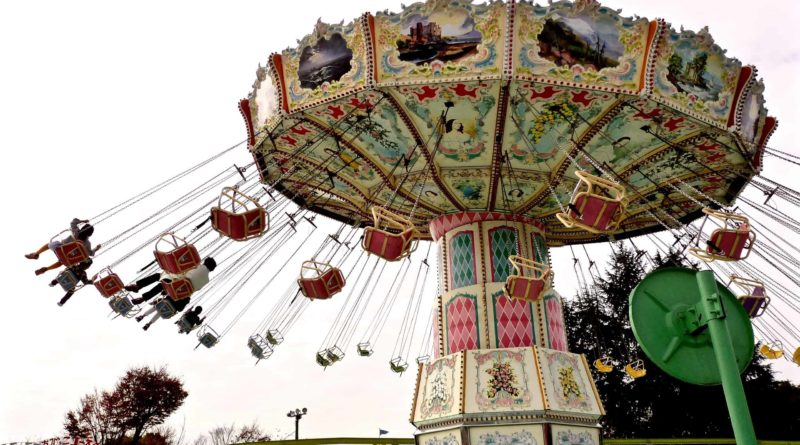
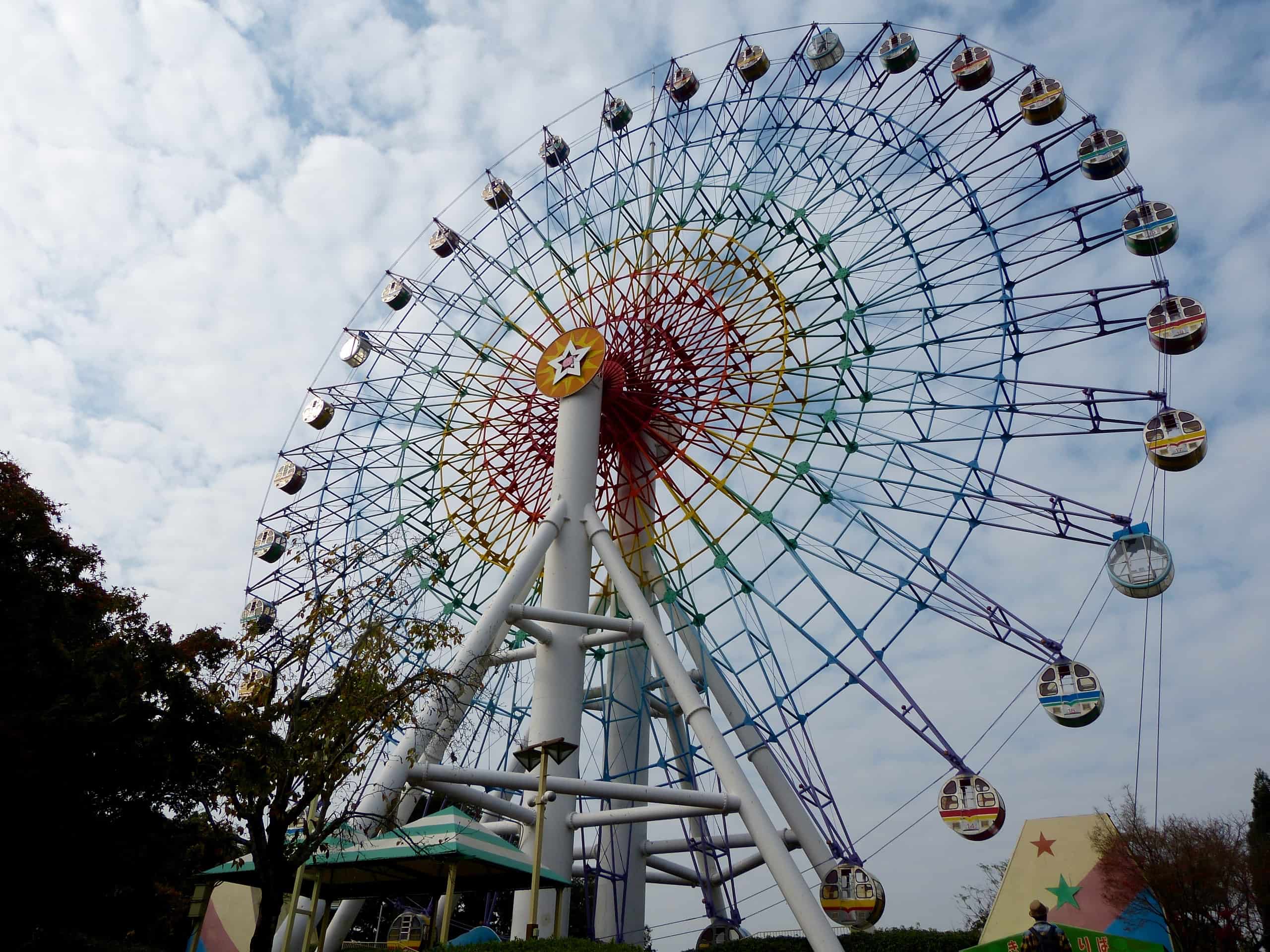

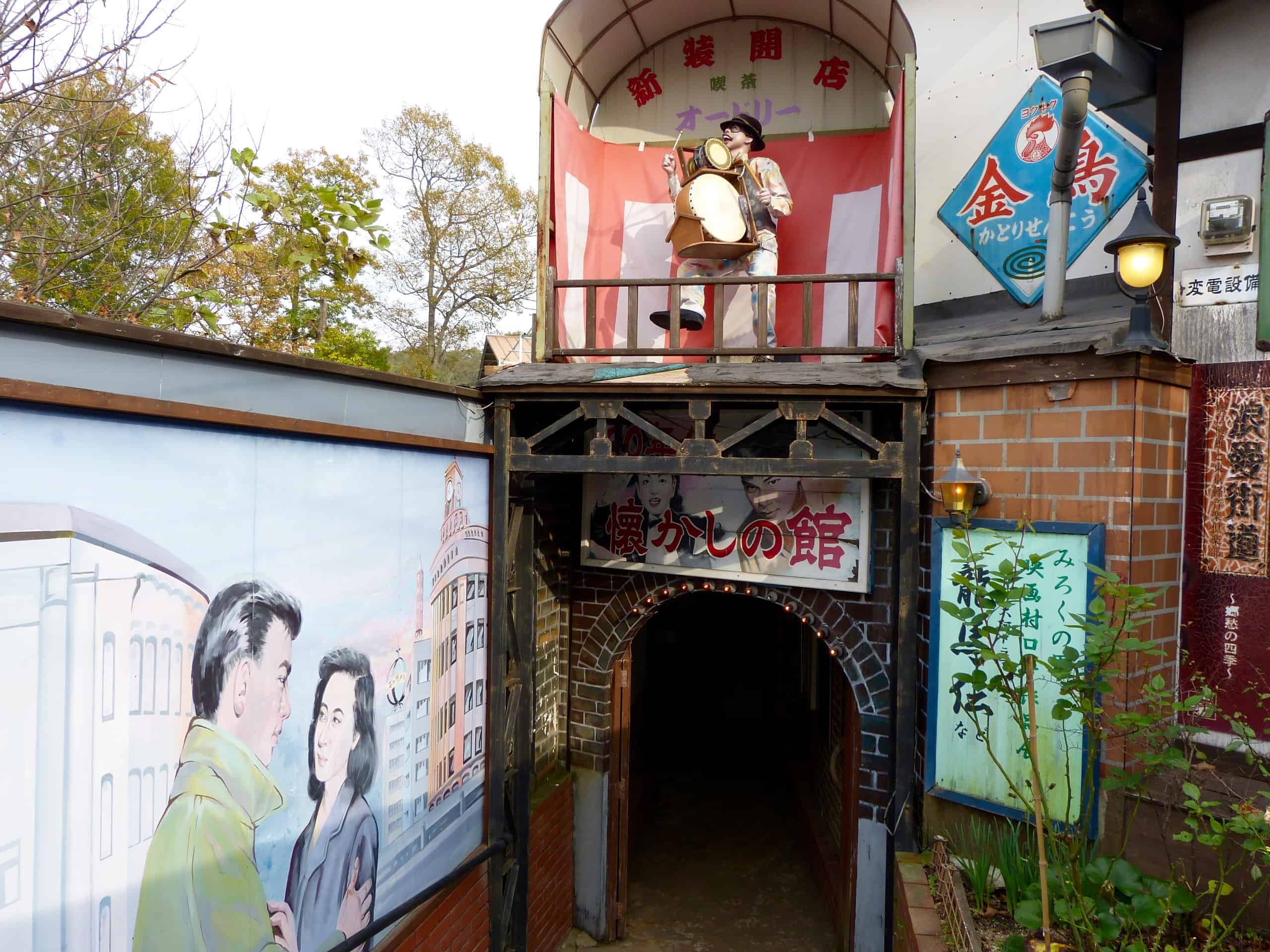

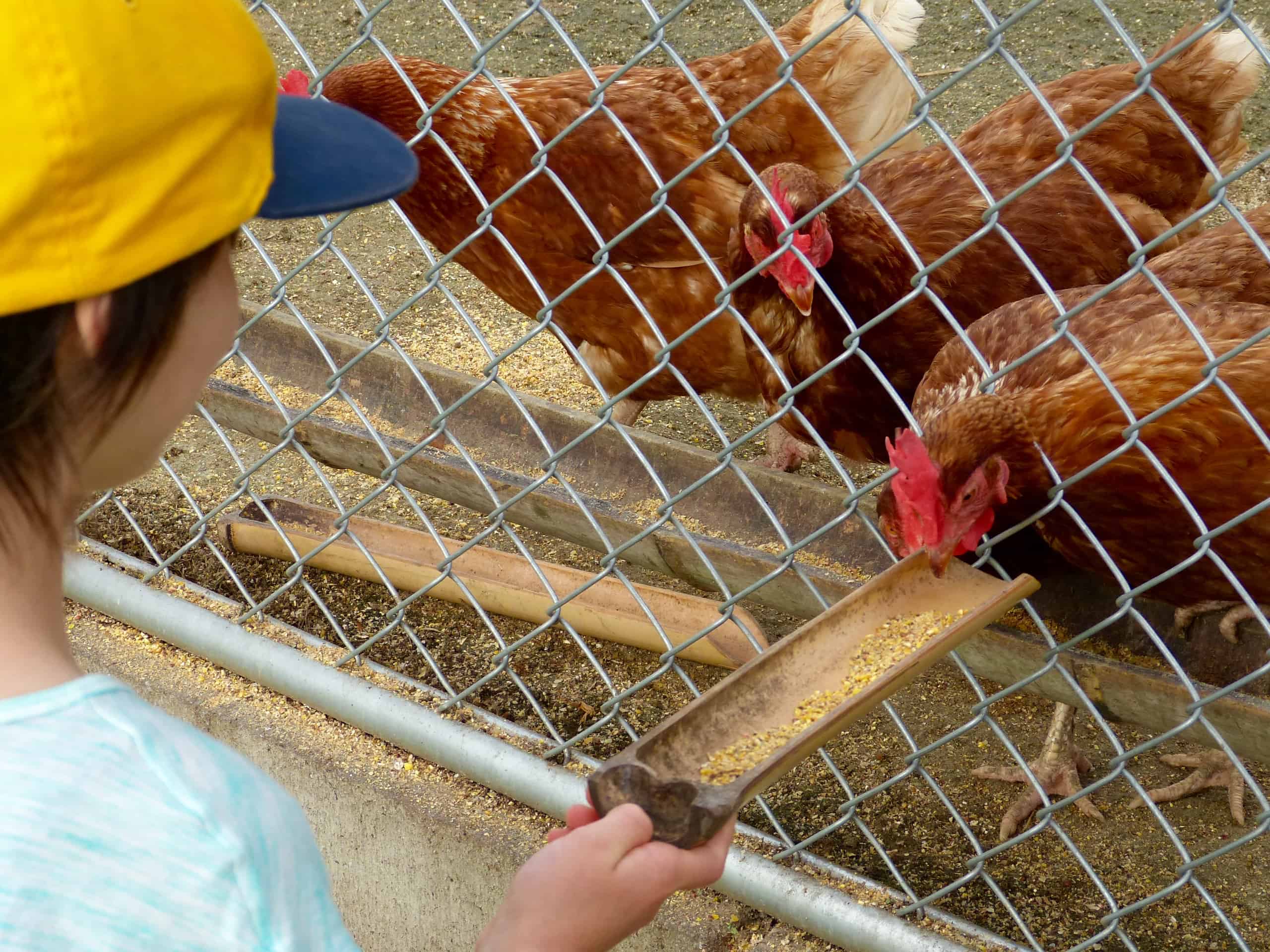
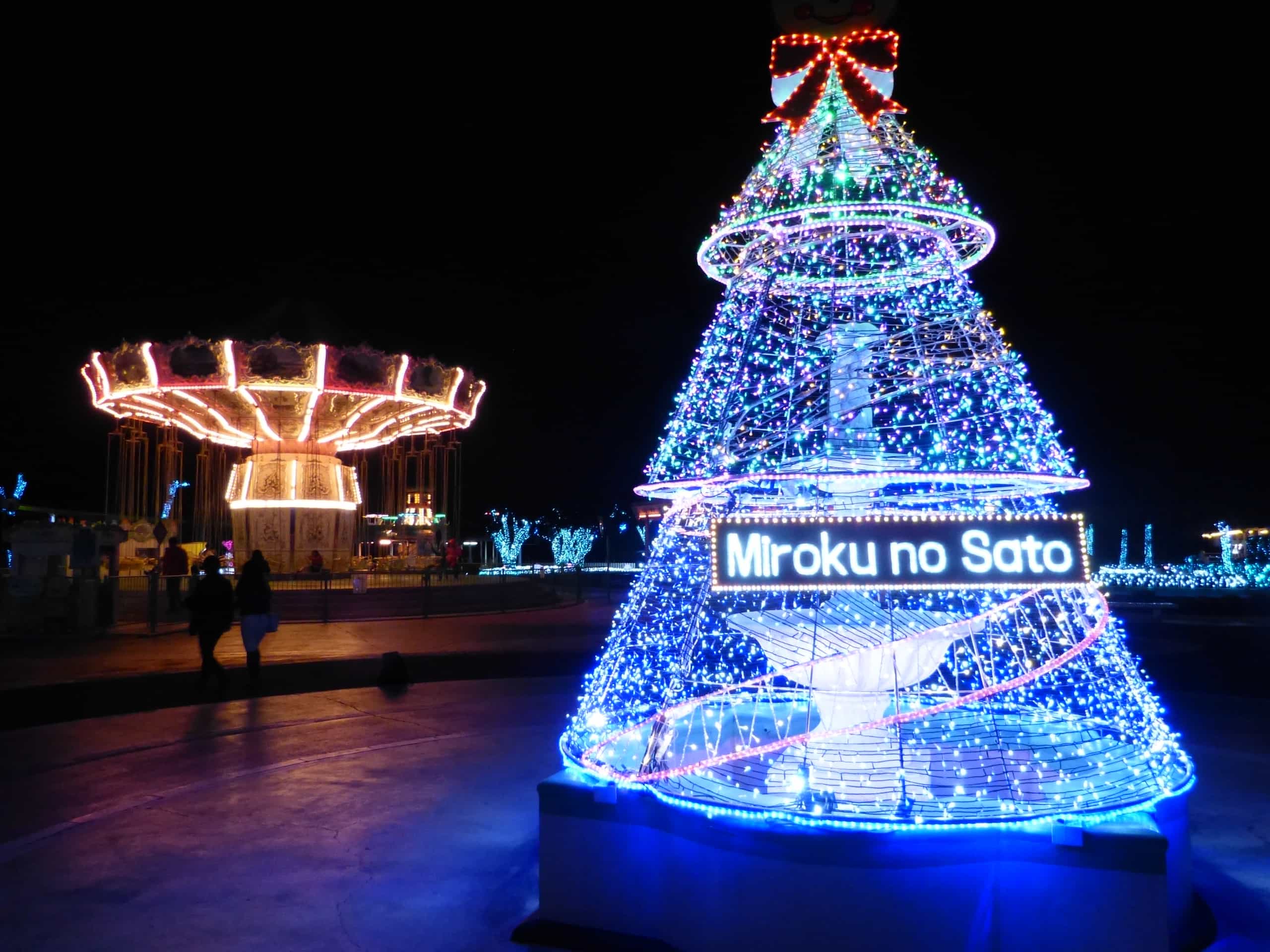
![Miroku-no-sato [みろくの里] - 01 Miroku-no-sato [みろくの里] - 01](https://gethiroshima.com/wp-content/gallery/miroku-no-sato/thumbs/thumbs_Miroku-no-sato-%E3%81%BF%E3%82%8D%E3%81%8F%E3%81%AE%E9%87%8C-01.jpg)
![Miroku-no-sato [みろくの里] - 02 Miroku-no-sato [みろくの里] - 02](https://gethiroshima.com/wp-content/gallery/miroku-no-sato/thumbs/thumbs_Miroku-no-sato-%E3%81%BF%E3%82%8D%E3%81%8F%E3%81%AE%E9%87%8C-02.jpg)
![Miroku-no-sato [みろくの里] - 03 Miroku-no-sato [みろくの里] - 03](https://gethiroshima.com/wp-content/gallery/miroku-no-sato/thumbs/thumbs_Miroku-no-sato-%E3%81%BF%E3%82%8D%E3%81%8F%E3%81%AE%E9%87%8C-03.jpg)
![Miroku-no-sato [みろくの里] - 04 Miroku-no-sato [みろくの里] - 04](https://gethiroshima.com/wp-content/gallery/miroku-no-sato/thumbs/thumbs_Miroku-no-sato-%E3%81%BF%E3%82%8D%E3%81%8F%E3%81%AE%E9%87%8C-04.jpg)
![Miroku-no-sato [みろくの里] - 05 Miroku-no-sato [みろくの里] - 05](https://gethiroshima.com/wp-content/gallery/miroku-no-sato/thumbs/thumbs_Miroku-no-sato-%E3%81%BF%E3%82%8D%E3%81%8F%E3%81%AE%E9%87%8C-05.jpg)
![Miroku-no-sato [みろくの里] - 06 Miroku-no-sato [みろくの里] - 06](https://gethiroshima.com/wp-content/gallery/miroku-no-sato/thumbs/thumbs_Miroku-no-sato-%E3%81%BF%E3%82%8D%E3%81%8F%E3%81%AE%E9%87%8C-06.jpg)
![Miroku-no-sato [みろくの里] - 07 Miroku-no-sato [みろくの里] - 07](https://gethiroshima.com/wp-content/gallery/miroku-no-sato/thumbs/thumbs_Miroku-no-sato-%E3%81%BF%E3%82%8D%E3%81%8F%E3%81%AE%E9%87%8C-07.jpg)
![Miroku-no-sato [みろくの里] - 08 Miroku-no-sato [みろくの里] - 08](https://gethiroshima.com/wp-content/gallery/miroku-no-sato/thumbs/thumbs_Miroku-no-sato-%E3%81%BF%E3%82%8D%E3%81%8F%E3%81%AE%E9%87%8C-08.jpg)
![Miroku-no-sato [みろくの里] - 09 Miroku-no-sato [みろくの里] - 09](https://gethiroshima.com/wp-content/gallery/miroku-no-sato/thumbs/thumbs_Miroku-no-sato-%E3%81%BF%E3%82%8D%E3%81%8F%E3%81%AE%E9%87%8C-09.jpg)
![Miroku-no-sato [みろくの里] - 10 Miroku-no-sato [みろくの里] - 10](https://gethiroshima.com/wp-content/gallery/miroku-no-sato/thumbs/thumbs_Miroku-no-sato-%E3%81%BF%E3%82%8D%E3%81%8F%E3%81%AE%E9%87%8C-10.jpg)
![Miroku-no-sato [みろくの里] - 11 Miroku-no-sato [みろくの里] - 11](https://gethiroshima.com/wp-content/gallery/miroku-no-sato/thumbs/thumbs_Miroku-no-sato-%E3%81%BF%E3%82%8D%E3%81%8F%E3%81%AE%E9%87%8C-11.jpg)
![Miroku-no-sato [みろくの里] - 12 Miroku-no-sato [みろくの里] - 12](https://gethiroshima.com/wp-content/gallery/miroku-no-sato/thumbs/thumbs_Miroku-no-sato-%E3%81%BF%E3%82%8D%E3%81%8F%E3%81%AE%E9%87%8C-12.jpg)
![Miroku-no-sato [みろくの里] - 13 Miroku-no-sato [みろくの里] - 13](https://gethiroshima.com/wp-content/gallery/miroku-no-sato/thumbs/thumbs_Miroku-no-sato-%E3%81%BF%E3%82%8D%E3%81%8F%E3%81%AE%E9%87%8C-13.jpg)
![Miroku-no-sato [みろくの里] - 14 Miroku-no-sato [みろくの里] - 14](https://gethiroshima.com/wp-content/gallery/miroku-no-sato/thumbs/thumbs_Miroku-no-sato-%E3%81%BF%E3%82%8D%E3%81%8F%E3%81%AE%E9%87%8C-14.jpg)
![Miroku-no-sato [みろくの里] - 15 Miroku-no-sato [みろくの里] - 15](https://gethiroshima.com/wp-content/gallery/miroku-no-sato/thumbs/thumbs_Miroku-no-sato-%E3%81%BF%E3%82%8D%E3%81%8F%E3%81%AE%E9%87%8C-15.jpg)
![Miroku-no-sato [みろくの里] - 16 Miroku-no-sato [みろくの里] - 16](https://gethiroshima.com/wp-content/gallery/miroku-no-sato/thumbs/thumbs_Miroku-no-sato-%E3%81%BF%E3%82%8D%E3%81%8F%E3%81%AE%E9%87%8C-16.jpg)
![Miroku-no-sato [みろくの里] - 17 Miroku-no-sato [みろくの里] - 17](https://gethiroshima.com/wp-content/gallery/miroku-no-sato/thumbs/thumbs_Miroku-no-sato-%E3%81%BF%E3%82%8D%E3%81%8F%E3%81%AE%E9%87%8C-17.jpg)
![Miroku-no-sato [みろくの里] - 18 Miroku-no-sato [みろくの里] - 18](https://gethiroshima.com/wp-content/gallery/miroku-no-sato/thumbs/thumbs_Miroku-no-sato-%E3%81%BF%E3%82%8D%E3%81%8F%E3%81%AE%E9%87%8C-18.jpg)
![Miroku-no-sato [みろくの里] - 19 Miroku-no-sato [みろくの里] - 19](https://gethiroshima.com/wp-content/gallery/miroku-no-sato/thumbs/thumbs_Miroku-no-sato-%E3%81%BF%E3%82%8D%E3%81%8F%E3%81%AE%E9%87%8C-19.jpg)
![Miroku-no-sato [みろくの里] - 20 Miroku-no-sato [みろくの里] - 20](https://gethiroshima.com/wp-content/gallery/miroku-no-sato/thumbs/thumbs_Miroku-no-sato-%E3%81%BF%E3%82%8D%E3%81%8F%E3%81%AE%E9%87%8C-20.jpg)
